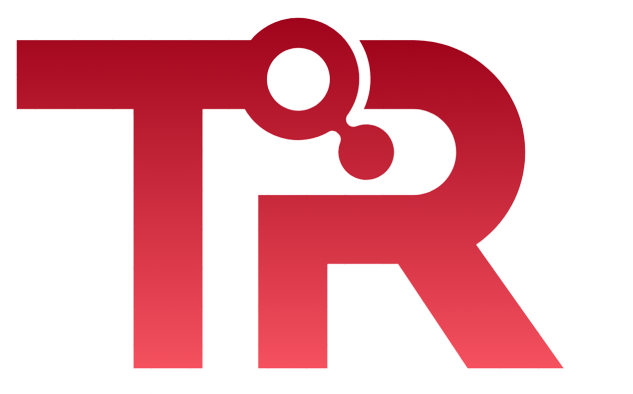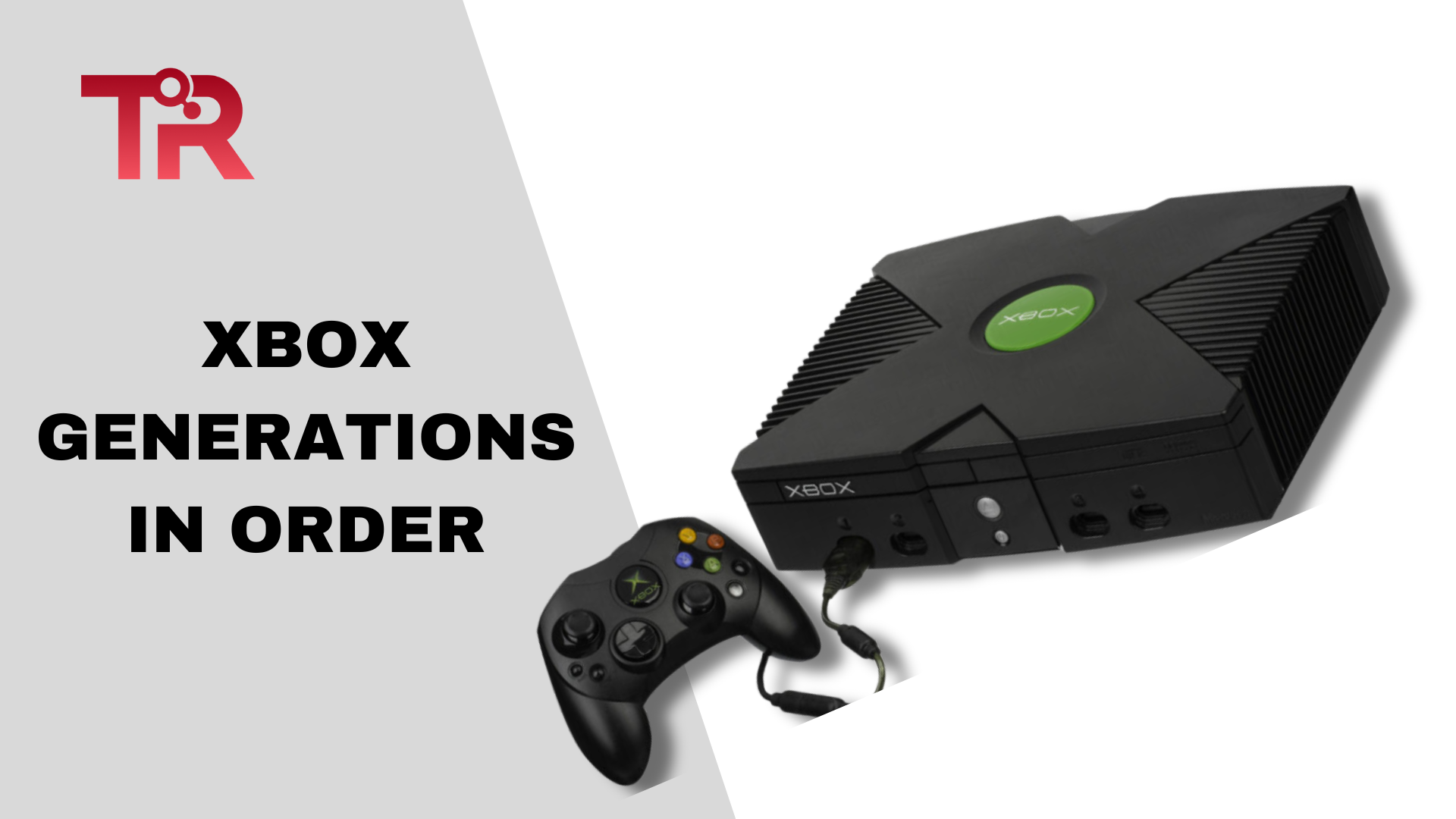If you’re looking for the best Xbox console, you’re in the right place. We’re going to talk about all the different types, starting from the old classics to the newest ones. This article is like your ultimate guide to help you decide which Xbox is perfect for you.
So, get ready to learn about all the cool Xbox consoles, from the old ones to the super modern ones. By the end of this read, you’ll know everything you need to choose the Xbox that fits you like a glove. Let’s discuss all of the awesome types of Xbox, taking it one generation at a time.
Xbox (2001)
The original Xbox marked Microsoft’s entry into the console market, competing with Sony’s PlayStation 2 and others. Despite initial skepticism, it gained popularity with robust online features, introducing Xbox Live and hosting memorable titles like Halo.

Specs
- CPU: Intel Pentium III – 733 MHz
- GPU: NVIDIA NV2A – 233 MHz
- Memory: 64 MB DDR SDRAM
- Hard Drive: 8 GB HDD
- Optical Drive: CD Rom, DVD Rom
- Video Output: S-Video, SCART (RGB)
- Network: Fast Ethernet
- Audio: 5.1 Surround Sound, Stereo
Features
- Built-in Ethernet port for online connectivity.
- Introduction of Xbox Live for online multiplayer.
- Four controller ports for local multiplayer.
- Popular games like Halo and Tom Clancy’s Splinter Cell: Chaos Theory.
Pros
- Strong online capabilities with Xbox Live.
- Successful exclusive titles like Halo.
- Four controller ports for local multiplayer.
Cons
- Larger and heavier compared to competitors.
- Limited backward compatibility with previous consoles.
Xbox 360 (2005)
The Xbox 360, despite initial hardware challenges, became the best-selling Xbox console. It introduced the Kinect system and expanded the Xbox Live service, offering a wide range of games and entertainment options.
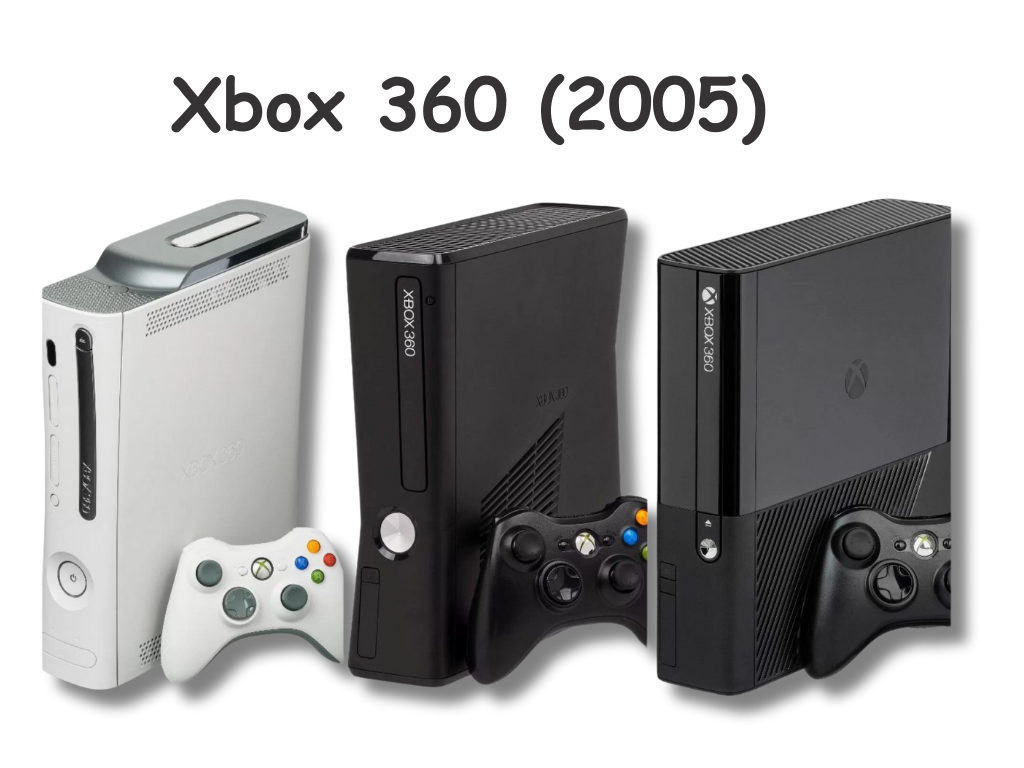
Specs
- CPU: Microsoft XCPU (Xenon), 3 cores – 500 MHz
- GPU: R500, Xenos chip by ATI – 500 MHz
- Memory: 512 MB GDDR3 RAM
- Hard Drive: 250 GB HDD
- Optical Drive: 12x DVD
- Video Output: HDMI 1.2a in/out
- Network: Ethernet, IEEE 802.11 b/g/n WiFi
- Audio: Multichannel 5.1 Surround Sound
Features
- Introduction of the Kinect system for motion control.
- Xbox Live service expanded with free games.
- Multiple versions are available, including Core, Pro, and Elite.
- Over 80 million Kinect units were sold in two months.
Pros
- Broad game library with diverse genres.
- Successful Kinect accessory and Kinect games.
- Xbox Live achievements and innovative features.
Cons
- Initial hardware issues, including the “Red Ring of Death.”
- Rising subscription costs for Xbox Live.
Xbox One (2013)
The Xbox One, initially facing challenges, adapted by making Kinect optional and introducing backward compatibility. Exclusive titles and the Xbox Game Pass contributed to the console’s recovery.
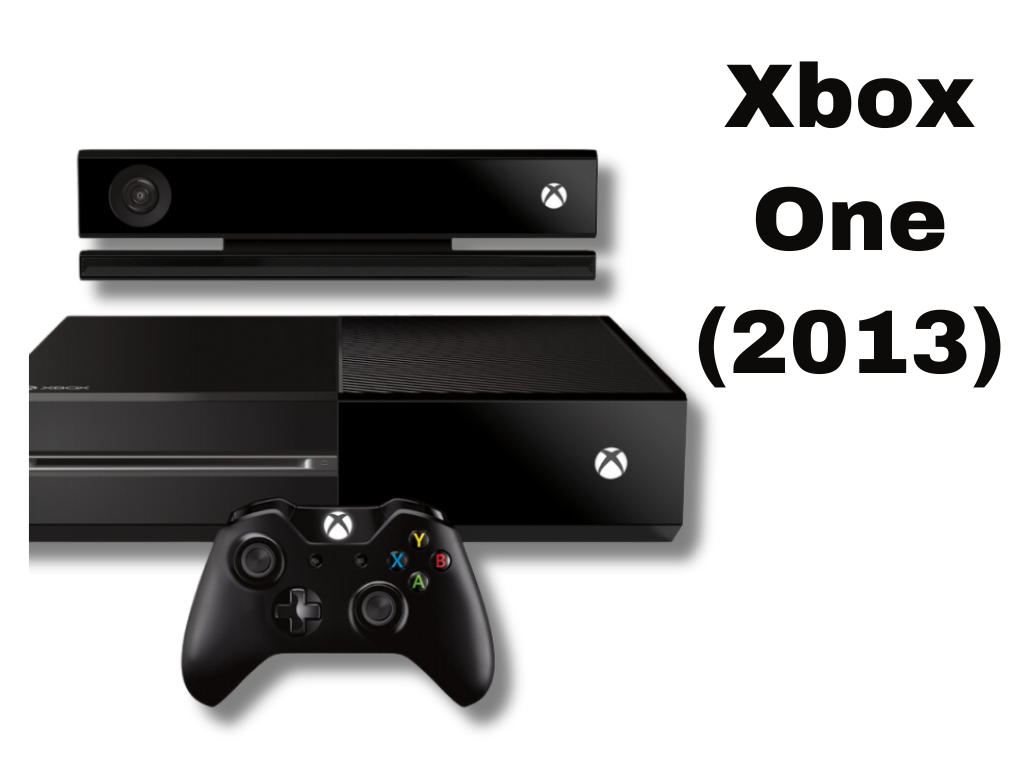
Specs
- CPU: AMD 8 Core APU – 1.75 GHz
- GPU: AMD Radeon GCN architecture, 853 MHz
- Memory: 8 GB DDR3
- Hard Drive: 500 GB HDD
- Optical Drive: Blu-Ray/DVD
- Video Output: HDMI 1.4 in/out, 4K support
- Network: Gigabit Ethernet, WiFi
- Audio: 7.1 Surround Sound
Features
- Initial bundled Kinect and user-unfriendly features.
- Adaptation with backward compatibility and optional Kinect.
- Introduction of exclusive titles like Gears of War and Forza Horizon 3.
- Xbox Game Pass subscription service was introduced in 2017.
Pros
- High-quality exclusive titles.
- Backward compatibility for Xbox 360 games.
- Introduction of the Xbox Game Pass subscription service.
Cons
- Initial bundled Kinect raised the console’s cost.
- User-unfriendly features at launch.
Xbox Series X and Series S (2020)
The Xbox Series X and Series S represent the latest generation, offering enhanced performance, backward compatibility, and subscription services like Xbox Game Pass. The Series X provides high-end specifications, while the Series S offers a budget-friendly alternative.
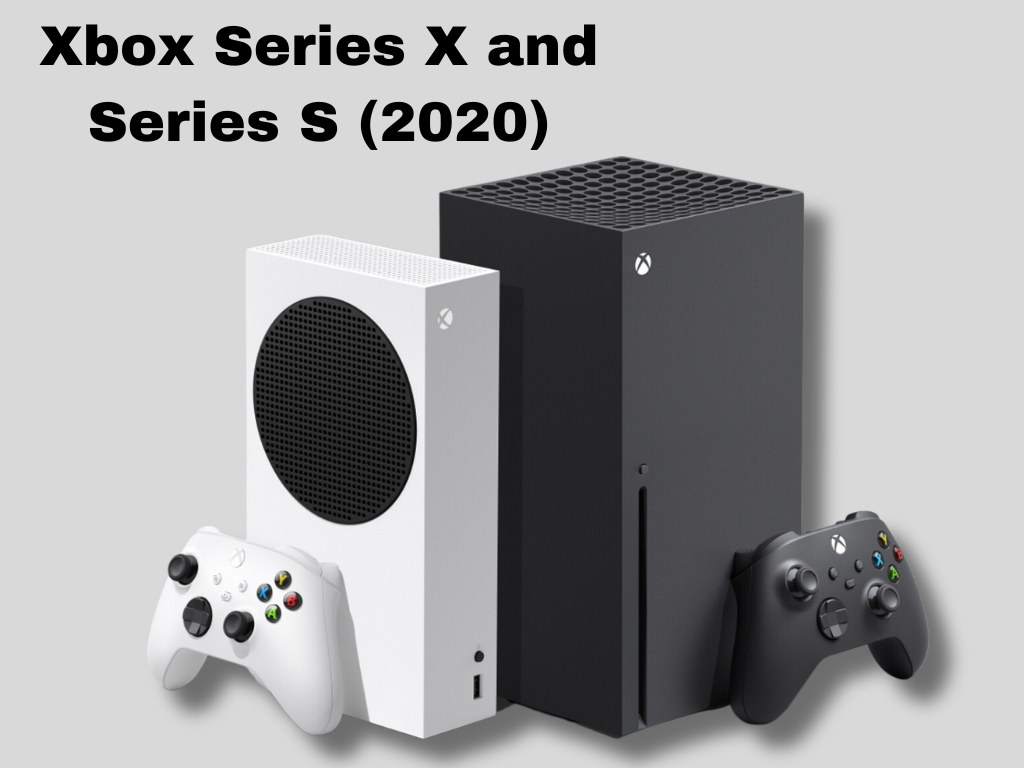
Xbox Series X Specs
- CPU: AMD Zen 8-core – 3.8GHz
- GPU: Custom RDNA 2 – 1.825GHz, 52 CUs, 12 TFLOPs
- Memory: 16 GB GDDR6
- Hard Drive: 1TB NVMe SSD
- Optical Drive: 4K UDH Blu-ray
- Video Output: HDMI 2.1
Xbox Series S Specs
- CPU: 8-core, 3.6 GHz Custom Zen 2
- GPU: Custom RDNA 2, 4 teraflops
- Memory: 10 GB
- Hard drive: 512 GB SSD
- Video Output: HDMI
Features
- Enhanced performance with backward compatibility.
- Xbox Game Pass continues to be a key feature.
- Introduction of high-end specifications for the Series X and a budget-friendly alternative with the Series S.
Pros
- Powerful hardware with fast loading times.
- Backward compatibility for multiple generations.
- Xbox Game Pass has a vast library of games.
Cons
- Series X can be relatively large for some setups.
- Limited internal storage for Series S.
I hope this article has made understanding the different Xbox generations easy for you. If you’ve got any questions or if something’s still not clear, just leave a comment. I’m here to help you out with anything you want to know.
